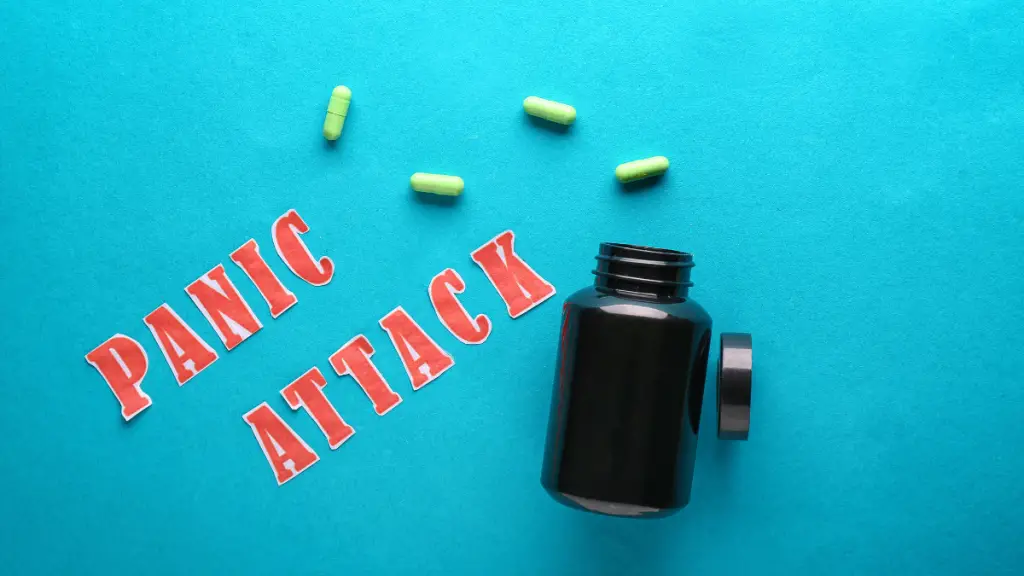Your heart is beating fast, the air around you seems to be thin because you can’t take a long breath, your chest hurts, and it feels like the world around you is crumbling. That is a description of a panic attack. A panic attack is an intense feeling of fear and anxiety that moves from zero to a hundred in minutes. Although an individual having a panic attack may feel like they are close to death, panic attacks are not harmful. In this article, I will be discussing the triggers, symptoms, prevention, long-term management, and how to cope with panic attacks.
Panic attacks do not give a warning sign when it is about to happen. Traumatic experiences, stress, and certain phobias trigger them. To navigate and manage episodes of panic attacks, it is important to understand that they are the mind’s way of responding to perceived threats. Understanding this will help individuals utilize the appropriate coping strategies and seek support.
What are the Triggers of Panic Attacks?
The triggers of panic attacks range from various factors that are either psychological, biological, or environmental. The primary and most common trigger of panic attacks is stress. When an individual goes through a significantly high level of stress, which overwhelms the body, the body may react with a panic response, leading to a panic attack.
Another trigger of panic attacks is phobia. When an individual is confronted with things or situations that scare them, it triggers fear and panic in them, and this may result in a panic attack. Furthermore, when an individual is faced with traumatic experiences or memories of traumatic experiences, it may catalyze a panic attack episode.
Aside from the psychological factors that trigger panic attacks, some biological factors also contribute. Some of these biological factors include a family history of panic attacks, anxiety disorders in individuals, and hormonal changes during menstruation or menopause. All of these factors make an individual more susceptible to episodes of panic attacks.
Sometimes, the trigger of panic attacks may not be psychological or biological but as a result of the lifestyle choices of an individual. Some negative lifestyle choices can significantly increase an individual’s chances of having a panic attack—for example, excessive caffeine intake and substance abuse. Factors like isolation and major life changes are also considered social factors that may trigger panic attacks.
When an individual understands their triggers, they can navigate, manage, and reduce the frequency of panic attacks through therapy, changing lifestyle, or the use of medications.

How Do You Recognize an Episode of Panic Attack?
Because panic attacks or mental health, in general, is not a popular conversation that is discussed in society, many people tend to be clueless when someone around them or even them is having a panic attack. Sometimes, people mistake a panic attack for a heart attack. To effectively manage an episode of a panic attack, one must know what the symptoms are.
The symptoms of panic attacks can either be physical or psychological. Physical symptoms of panic attacks include:
- Rapid heartbeat (Palpitation): When a person has a panic attack, the heart races unusually. This is because during a panic attack, the autonomic nervous system is activated, and it causes a high release of adrenaline. This is the brain’s way of preparing the body for a perceived threat. This rapid heartbeat contributes to an individual’s feeling of imminent danger during an episode. Although this symptom can be scary, it is not harmful.
- Chest pain: A person having an episode of panic attack may also feel chest pains. This chest pain is characterized by a sensation of pressure and some discomfort in the chest area. This chest pain occurs due to increased muscle tension due to the brain’s rapid response to stress, leading to sensations of tightness. Also, the fear that an individual experiences during a panic attack due to the worry of having a medical issue may also increase the sensation of chest pain. Although this symptom is similar to what happens during a heart attack, it is not an indication of a cardiac arrest. However, if an individual experiences chest pain during a heart attack, they should visit the doctor to ascertain the absence of any medical issue.
Other physical symptoms of panic attacks include shortness of breath, sweating, shaking, nausea, and dizziness.
Psychological symptoms of panic attacks include heightened anxiety and a feeling of impending danger, which results in thoughts of losing control or going insane. Other symptoms that may occur include a disconnection from the surroundings and a feeling of detachment from oneself.
An episode of a panic attack is always short, and all the feelings heighten all at once, which makes it scarier. Although the duration is short, the effect lasts longer, and the individual may feel physically exhausted and emotionally drained.
How do You Cope with Panic Attacks?
To manage panic attacks effectively, dealing with the root (triggers) and the fruits (immediate symptoms) is important. Two steps are involved in managing the immediate symptoms, including controlling breathing and progressively relaxing tensed muscles. To control breathing during a panic attack episode, the focus should be on taking slow and deep breaths. A popular breathing technique used is the 4-7-8 breathing method. This involves inhaling through the nose to the count of four, holding the breath to the count of seven, and exhaling to the count of eight. This is done repeatedly until the episode is over. Relaxing muscles involves tensing and progressively releasing muscles to ease tension.
Furthermore, to deal with the triggers of panic attacks, the following approaches can be adopted:
Going for therapy,
Using anti-anxiety medications prescribed by the doctor,
Changing a negative lifestyle.
In conclusion, panic attacks should be a topic that should be discussed often in the home and in schools. This is because a proper understanding of the symptoms and how to manage them helps people to be more knowledgeable about what to do when having an episode.





